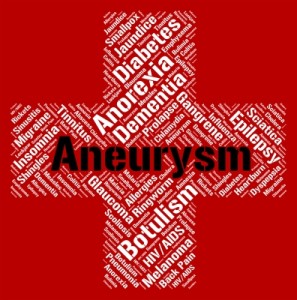How to Spot Peripheral Aneurysms Symptoms
Image courtesy of Stuart Miles at FreeDigitalPhotos.net
You might be worry of having an aneurysms and that is why you reach my website. Maybe by searching for Peripheral Aneurysms Symptoms on Google.
Well, let me enlighten you as best as I can.
First, you need to know that there an aneurysms occur in the aorta. It can be the thoracic aorta or the abdominal aorta.
When we talk about a peripheral aneurysm, we are talking about affections in arteries other than the aorta.
The area with the higher chances of suffering this kind of aneurism is in the popliteal artery. This is located in the area in the back of the lower thigh and knee.
Also, it happens that if you are diagnosed with peripheral aneurysm in one leg, it is very likely that you also have the same condition in your other leg.
This are the peripheral aneurysms symptoms you need to watch out:
You need to know that 65% of patients might not notice any physical symptom.
If that is not your case or you are suspicious, and depending of their location, you might have experimented something similar to:
- A lump you feel pulsating
- After performing a physical activity, you feel leg or arm pain
- While resting, you experience leg or arm pain
- Sudden pain in toes or fingers
- Numbness in your arms or legs
- In an extreme case, gangrene or death tissue.
There is the risk of a stroke if the carotid artery is involve.
Now, hopefully, you are not suffering any of this symptoms. But you might be interested in know what causes a peripheral aneurism.
There isn´t certainty about a definitive cause.
Several researches link this condition to atherosclerosis. As our bodies age, your arteries narrow and get weaker. It is a natural process.
What you can do is to watch out not to speed up the process. How you might be wondering?
Just stay away from the following:
- High levels of cholesterol
- Smoking
- High levels of blood pressure
- Obesity
- Your family history
I hope you have now a clear picture of how to spot peripheral aneurysms symptoms.
If after reading this info you think you might be suffering peripheral aneurysm, don´t hesitate and go to visit your most trusted physician.
For deeper information, I recommend to visit VascularWeb.org



